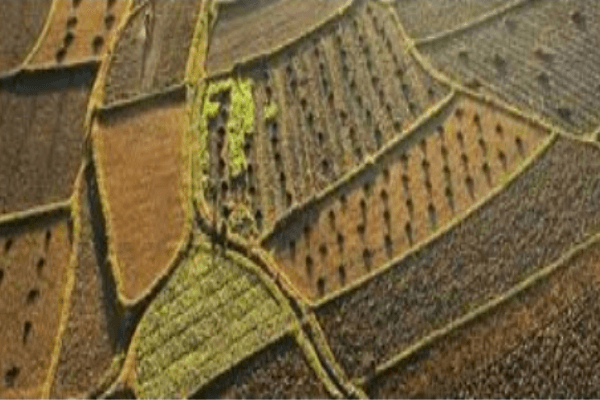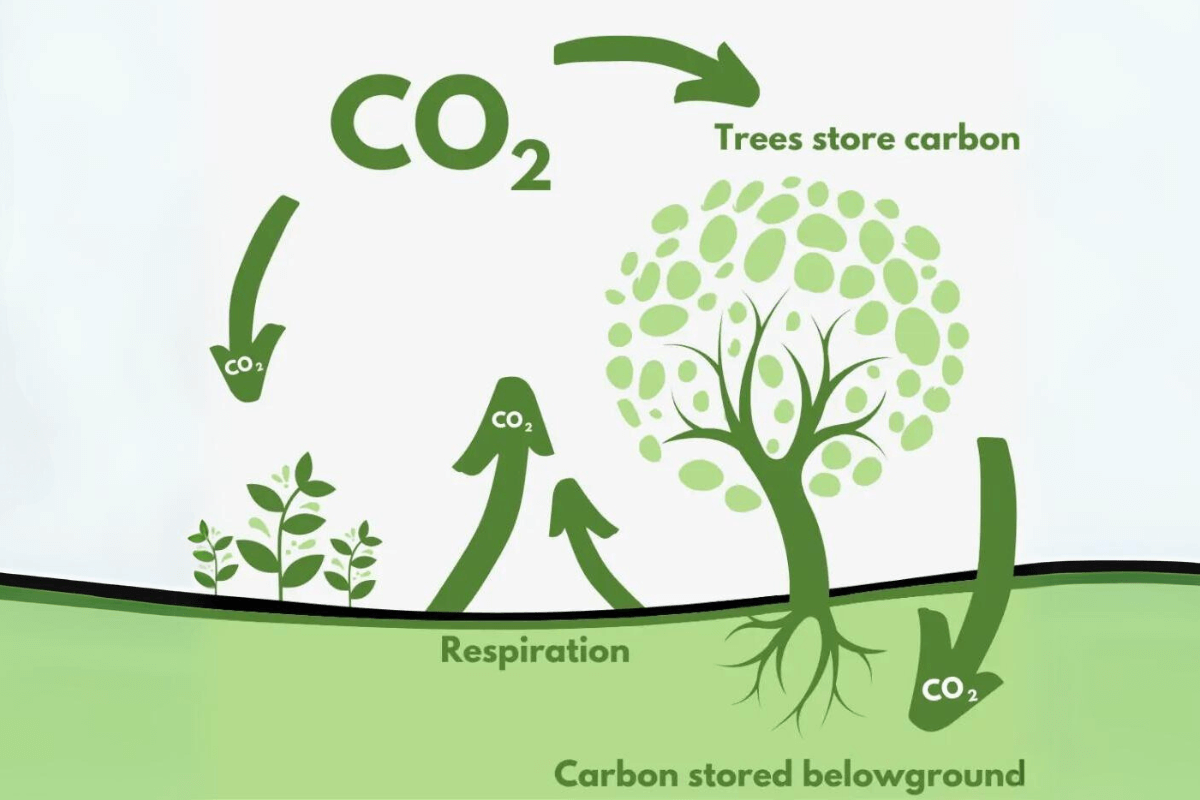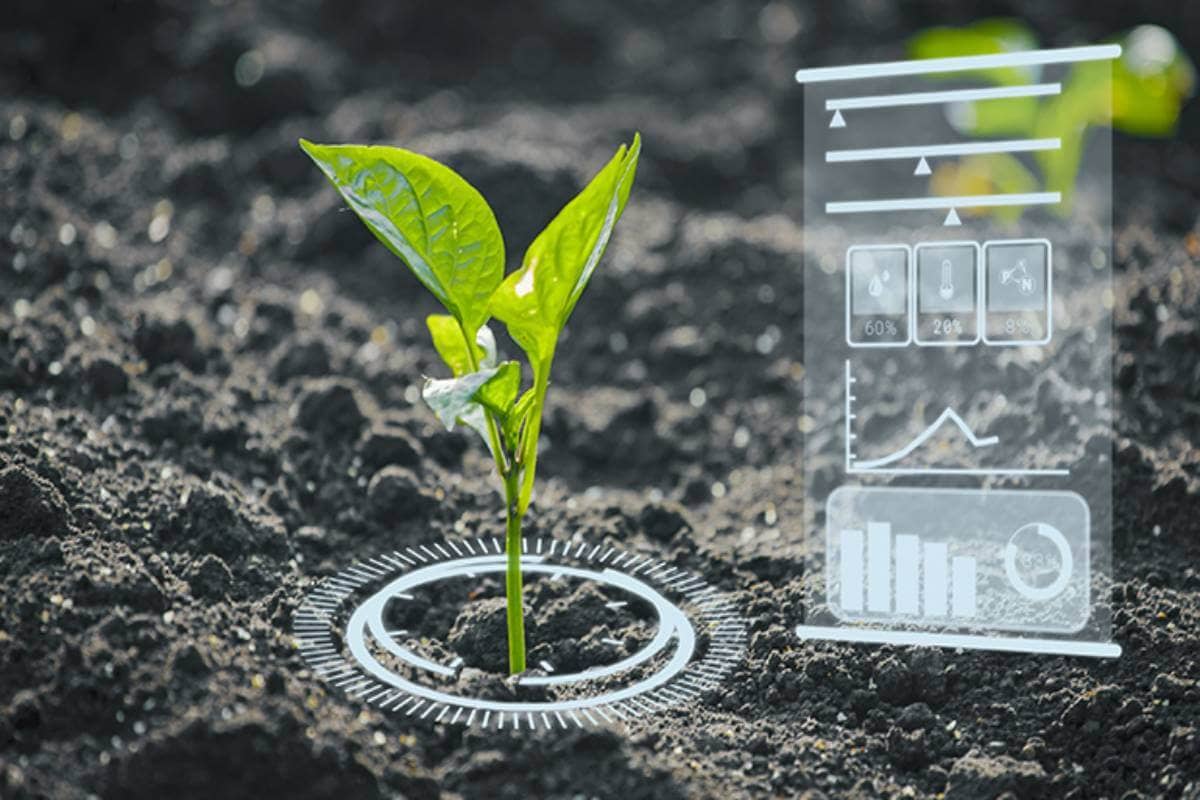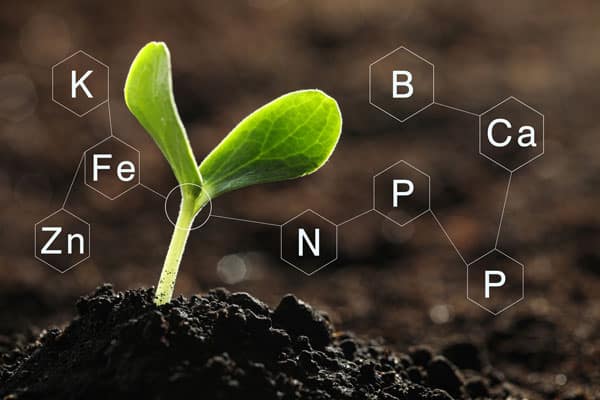Soil Rejuvenation Technology By Earth's Blue Aura
We Hear You
What is Deep Soil Rejuvenation Technology?
The Complete Process
Biomass Selection in Deep Soil Rejuvenation
Preparation of Soil Mixtures and Field Application
Field Implementation
Assessment and Prototypes
Fig. 1
1. Assessment of Desert Sand Suitability for Wheatgrass Root Cultivation
2. Prototype of Deep Soil Rejuvenation Technology
Fig. 2
Minimal Viable Product: A single Column Cost

| Components | Cost (USD/ton) | Requirement(kg) | Total Cost |
|---|---|---|---|
| Cellulosic Pulp | $400 | 10.75 | $4.30 |
| Plant Compost | $60 | 2.8 | $0.17 |
| Biochar | $350 | 0.2 | $0.06 |
| Water | $10 | 5 | $0.05 |
| Open Ends Plastic Cylinder | $725 | 0.5 | $0.36 |
| Fuel | $2,750 | 0.4 | $1.10 |
| Total Cost (per 2m Deep Soil Remediation in USD) | $6.04 | ||
The Impact of Deep Soil Rejuvenation Technology

Expansion of Arable Land

Establishment of Forestry Zones

Generation of Employment Opportunities
Development of Environmentally Conscious Urban Areas

Cost-Effectiveness

Minimal Environmental Impact

Enhanced Soil Rejuvenation
Advantages of Deep Soil Rejuvenation Technology

Reduced Irrigation Frequency

Carbon Sequestration

Enhanced Crop Yields

Flood Prevention and Wildfire Control
Milestones and Achievements

Engagement with XPRIZE - Carbon Removal Platform
Patent Filings in the USA and India
Risks and Challenges
Technical Challenges (C):
Biomass Selection
Choosing the right materials for soil rejuvenation is critical. We evaluate various carbon forms to enhance soil fertility, considering factors like water retention and microbial degradation.
Soil Mixtures & Application
Precision is key in preparing soil mixtures and implementing them in the field. We carefully calibrate compositions to foster sustainable plant growth and reduce irrigation frequency.
Technical Risks (R):
Resource Availability
Establishing biorefineries requires ample water and biomass. Contingency plans address potential resource scarcity to ensure uninterrupted operations.
Methane Emission
Microbial activity can lead to methane emissions. We mitigate this risk with periodic hydrogen peroxide application and activated carbon usage.
Strategic Rejuvenation
Large-scale projects demand careful planning. Considering factors like temperature and land proximity minimizes evaporation and maximizes water retention.
